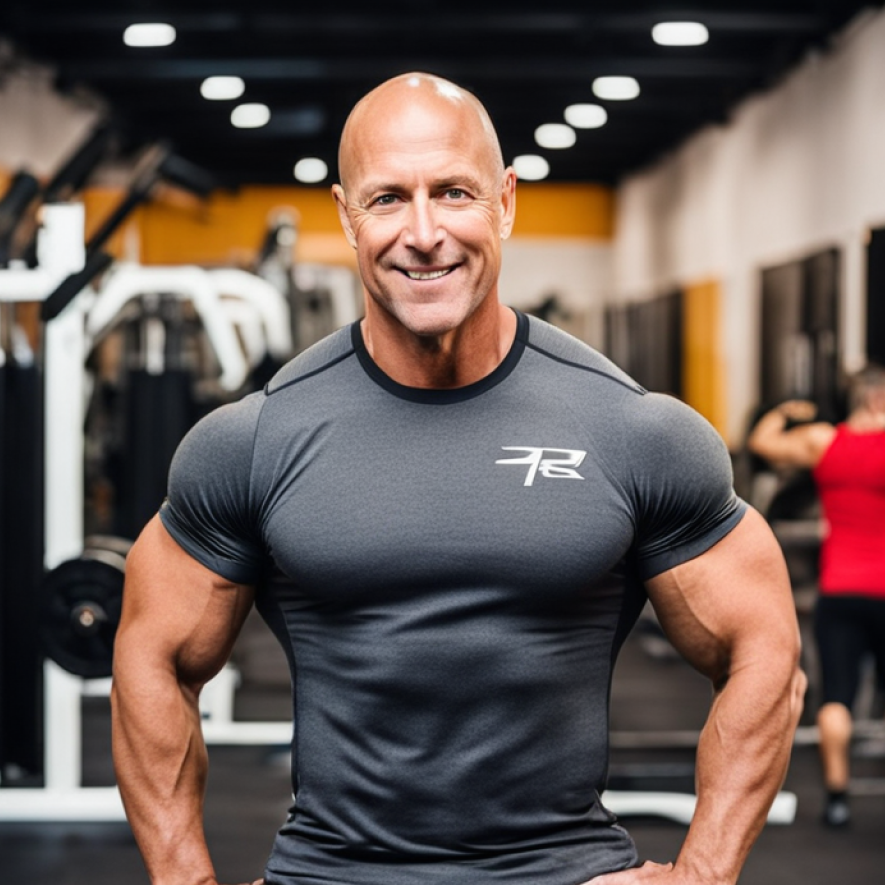The importance of staying physically active for a quality of life often doesn't get the recognition it deserves. Many studies have shown that regular exercise plays a role in reducing the risk of health problems like heart disease, stroke and certain types of cancer such as colorectal cancer. Additionally exercise helps manage conditions like blood pressure, diabetes and arthritis.
It's particularly important for men to understand the benefits of activity for prostate health. Recent scientific research suggests that regular exercise may lower the risk of experiencing dysfunction.
Sexuality plays a role in physical and mental well being. Erectile dysfunction, which is the sexual problem among men, refers to the inability to achieve or maintain an erection suitable for satisfactory sexual activity.
Studies indicate that a man's sexual function significantly affects whether aging heterosexual couples continue to engage in activity.
Erectile dysfunction negatively impacts quality of life and mental health. Is associated with feelings of anxiety and depression. Therefore it is increasingly recognized as a public health issue even though it tends to be overlooked in practice.
Around 33% of all men experience dysfunction with its prevalence increasing with age.
Research clearly indicates that there are risk factors associated with dysfunction including physical inactivity, obesity, hypertension, metabolic syndrome, atherosclerosis and cardiovascular diseases. It is worth noting that the presence of risk factors is positively correlated with the occurrence of dysfunction.
The process of achieving erection involves increased blood flow and restricted venous outflow. Therefore erectile dysfunction can serve as an indicator of vascular function and has even been referred to as "penile angina" due to its ability to predict future cardiovascular disease.
Inflammation of the endothelium and disruption in nitric oxide production are factors in diseases such as erectile dysfunction.
When it comes to clinical healthcare approaches for addressing dysfunction phosphodiesterase type 5 inhibitor medications are commonly used. However these medications only provide relief. May not be effective for a significant number of men with erectile dysfunction. Furthermore they do not offer a long term solution for arterial dysfunctions.
Non pharmacological lifestyle interventions have gained recognition as strategies in reducing the impact of dysfunction. Physical activity has shown results in reducing dysfunction and promoting vascular health.
The beneficial effects of activity extend to men who have obesity, hypertension or metabolic syndrome due to improvements in endothelial function and nitric oxide production.
According to existing literature regular physical activity has been found to have an impact, on erectile function. However there is still a lack of information regarding the types, durations, intensities and frequencies of physical activity.
To address this knowledge gap researchers recently conducted a review aimed at providing recommendations on the levels of physical activity needed to alleviate erectile dysfunction in men who are physically inactive, obese have hypertension or metabolic syndrome or suffer from cardiovascular diseases.
The main findings of this study emphasized the importance of interval based training for improving erectile function in men with arterial erectile dysfunction. It was noted that physical activity involving both vigorous intensity intervals is crucial for effectiveness. Additionally incorporating resistance training alongside exercises has proven beneficial.
It is recommended that men with erectile dysfunction engage in four sessions of moderate to intensity aerobic activities lasting 40 minutes each. This would result in a duration of 160 minutes.
Furthermore non pharmacological interventions such as changes, weight loss programs, pelvic floor muscle training and quitting smoking also contribute to improved function in men with arterial erectile dysfunction.
Further research is necessary to understand the impact of activity on arterial erectile dysfunction in men with specific risk factors and explore the potential benefits of combining resistance training with aerobic exercises.
Erectile dysfunction appears to occur when there is an increase in stress within the blood vessels causing an imbalance between substances that dilate and constrict them. Leading a lifestyle is believed to improve the function of these blood vessels helping to prevent or alleviate erectile dysfunction and cardiovascular diseases.
The recommendations and implications for practice emphasize that physical activity is often overlooked as an intervention for improving erectile function. Physiotherapists can have a role in treating erectile dysfunction by supervising aerobic exercises with moderate to vigorous intensity.
These findings highlight the importance of evidence based guidelines in practice that promote activity as a means to improve erectile function. By understanding the factors that influence both health and erectile function, healthcare providers can assist their patients in preventing vascular diseases and enhancing their sexual well being.
To summarize the recommended approach for reducing dysfunction through physical activity involves supervised aerobic exercises with moderate to vigorous intensity. This should include four sessions lasting 40 minutes each over a period of six months. Men with dysfunction caused by physical inactivity, obesity, hypertension, metabolic syndrome or cardiovascular disease can significantly benefit from this regimen. Additionally incorporating walking into one's routine can be a yet valuable form of cardiovascular activity.






